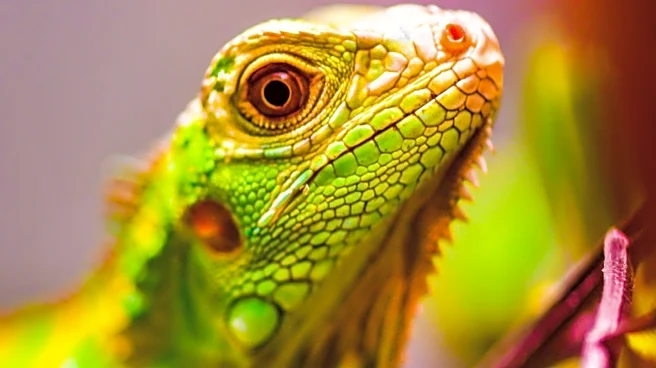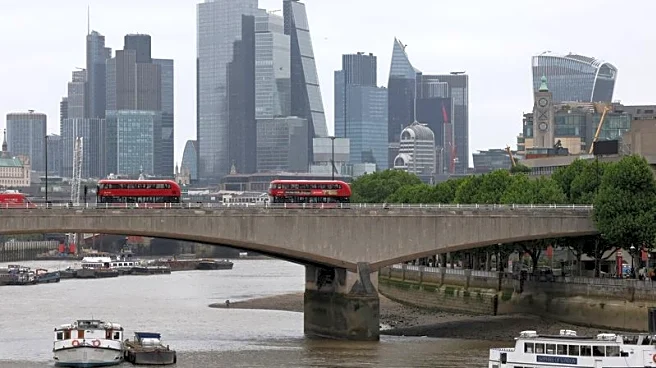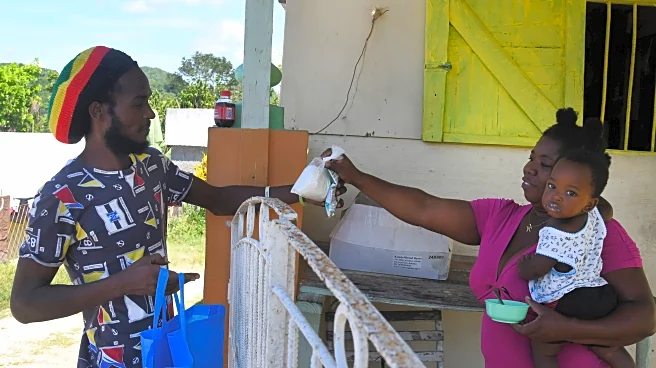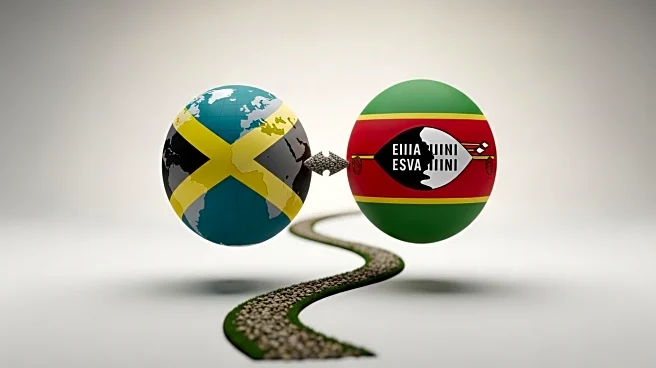What's Happening?
In April 2024, a significant repatriation event took place involving the return of an extinct Jamaican giant galliwasp specimen from the University of Glasgow in Scotland to the University of the West Indies in Jamaica. This repatriation was conducted under a memorandum of understanding and marks the first instance of a natural history specimen being returned to the English-speaking Caribbean. The galliwasp, named Celeste, was last documented in the 1840s and is now part of the Natural History Museum of Jamaica's national flora and fauna collection. This event is part of a broader effort to address the historical impacts of European colonialism, which involved the systematic removal of cultural items from colonized regions. The repatriation process aims to reclaim material cultural identity and repair damage caused by global histories of looting and cultural property destruction.
Why It's Important?
The repatriation of cultural items, including natural history specimens, is crucial for restoring cultural identity and addressing historical injustices. This process is part of a larger restitutive effort to repair the damage caused by colonial looting and cultural extraction. The return of the Jamaican galliwasp provides stakeholders with access to important research material and stimulates discussions on repatriation and colonial collecting within reparative justice debates. It also highlights the challenges posed by national legislative frameworks, such as the British Museum Act of 1963, which can undermine repatriation efforts. The reclamation of identity through repatriation is essential for providing access to cultural heritage and fostering a deeper understanding of historical and cultural narratives.
What's Next?
The repatriation of the Jamaican galliwasp opens avenues for further discussions on redefining cultural property and expanding the scope of repatriation efforts. Caribbean practitioners are encouraged to rethink definitions of cultural material to include natural specimens, acknowledging that collections could be located anywhere globally. This broader definition could lead to more comprehensive repatriation processes, addressing historical inequities in access to material culture and the construction of cultural knowledge and identity. The Jamaican government continues to request the return of other significant cultural items, such as the Carpenter’s Mountain Zemi collection, which remains in the British Museum. These efforts are part of ongoing restorative and reparatory justice initiatives.
Beyond the Headlines
The return of Celeste, the Jamaican galliwasp, offers an opportunity to explore the ethical dimensions of repatriation and its role in dismantling historical inequities. By redefining cultural property to include natural specimens, stakeholders can engage in more inclusive repatriation processes that recognize the interconnectedness of cultural and natural heritage. This approach challenges traditional definitions and encourages a more holistic understanding of cultural identity. Repatriation is not only about returning items but also about fostering dialogue and understanding between nations, promoting cultural exchange, and acknowledging the shared histories that shape contemporary societies.












